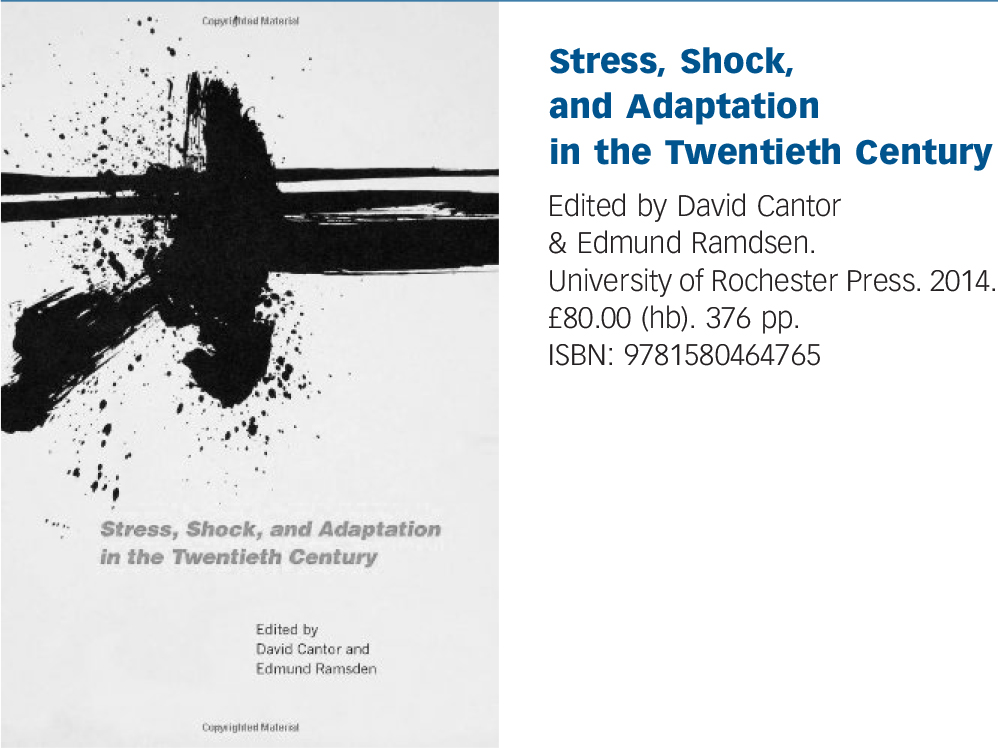
This is the first major collection of historical studies on stress and its place in contemporary society. Read together, these 12 papers explore the concept of stress – a usefully elastic construct – and how it has been variously employed since the mid-20th century to reform and unite a broad variety of disciplines and activities in post-war USA and UK. This is no less the case for psychiatry, where stress has proved fundamental to the development of disease classification and modern notions of psychopathology.
Our modern understanding of stress originated from Hans Selye, who according to Mark Jackson was a prolific and media-savvy physiologist. He developed the ‘general adaptation syndrome’ which described a three-stage, non-specific response to environmental stressors: alarm, resistance and finally exhaustion. It is hard to overstate how influential this intuitive model was and not just in biomedical science, psychology and psychiatry. It soon found wider application in disparate disciplines such as sociology, politics, occupational health, ecology, animal welfare, urban planning and anthropology. Walter B. Cannon (who coined the term ‘fight or flight’ and was a crucial figure in developing the concept of homeostasis) used Selye’s model to explain and validate the phenomenon of ‘Voodoo death’, describing it as acute homeostatic shock in response to a severe emotional stressor.
There is much of interest to the psychiatrist, but of particular note is Theodore M. Brown’s essay on US psychiatry during the Second World War. Discussing the work of (among others) the American psychiatrist Roy Grinker, Brown traces how an important paradigm shift in mental illness occurred. At the beginning of the war, only those with poor personality structure or innate vulnerability were thought to develop neurotic illness under stress. By the end of the war, this view had radically changed. Severe stress and breakdown became something that could happen to anyone. This complete and sudden paradigm shift powerfully destigmatised mental breakdown while simultaneously expanding the realm and scope of psychiatry.
Rhodri Hayward’s paper offers fresh perspective on the Brown and Harris study on risk factors for depression, exploring how measures in that study were designed to take account of stress, meaning and narrative in a way that had never been done before. Junko Kitanaka’s essay on how workplace stress has been reframed as depression in modern Japan is also a particularly interesting read.
It is fair to say that not all the essays are relevant or interesting to the psychiatrist and as academic papers some are more readable than others. However, they are uniformly accomplished, pains-takingly researched and considered reflections on the historical impact of a hugely influential concept that has had surprisingly little consideration till now.


eLetters
No eLetters have been published for this article.